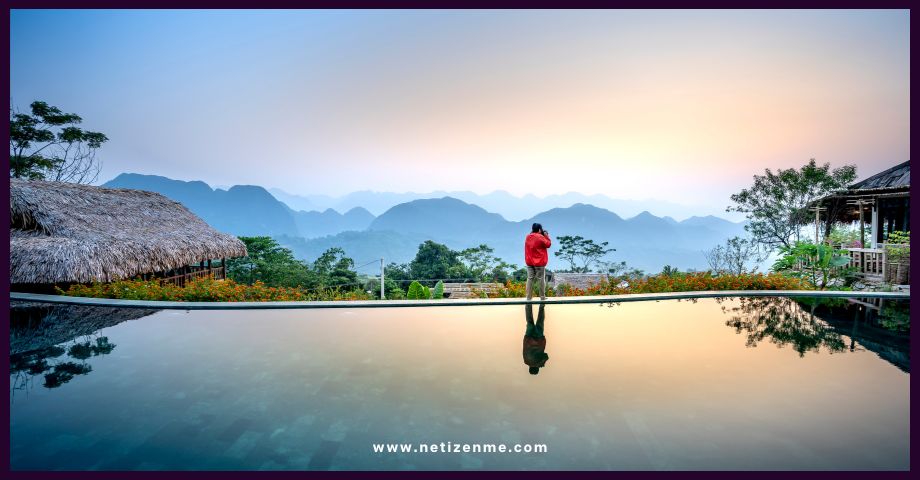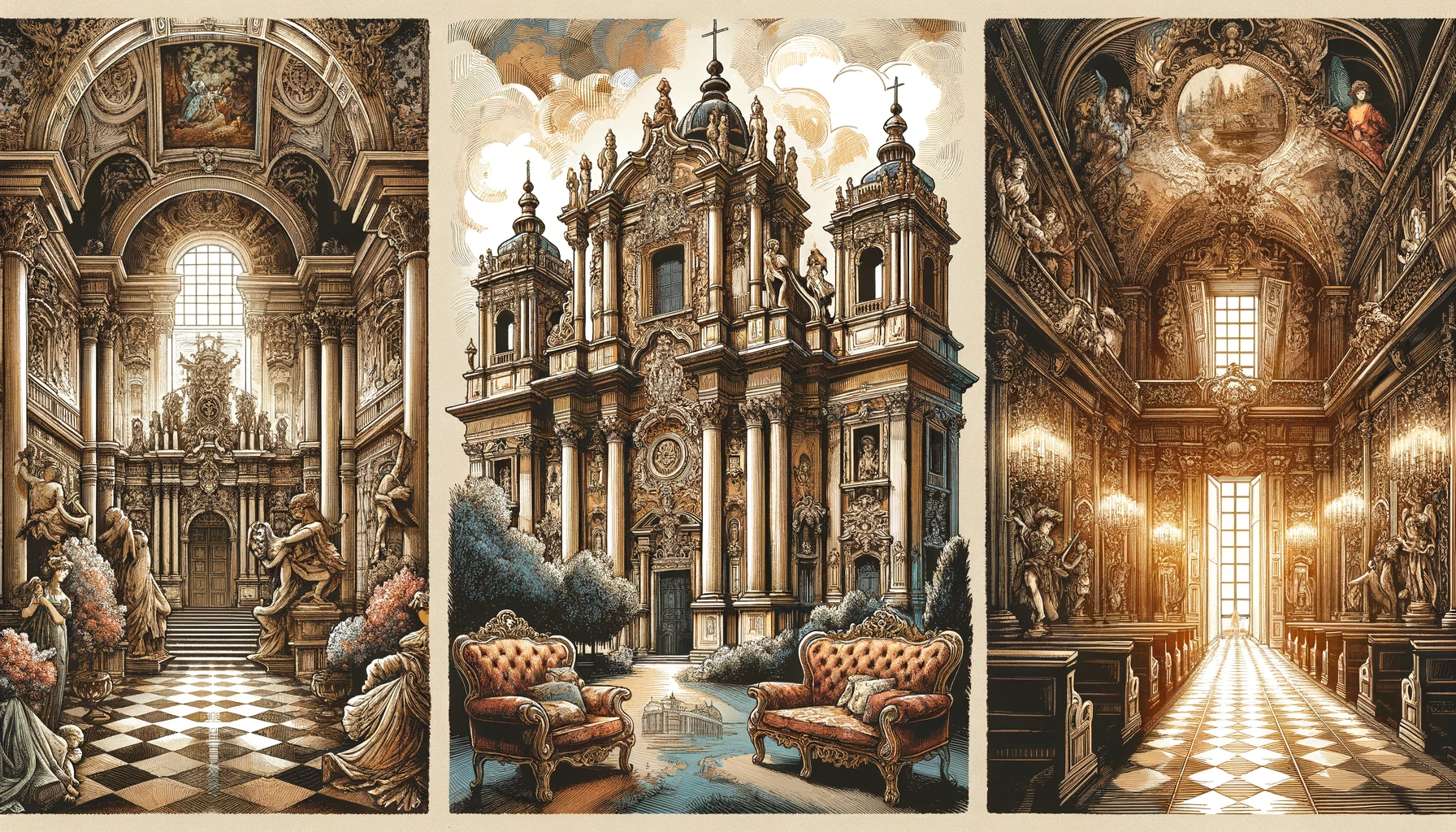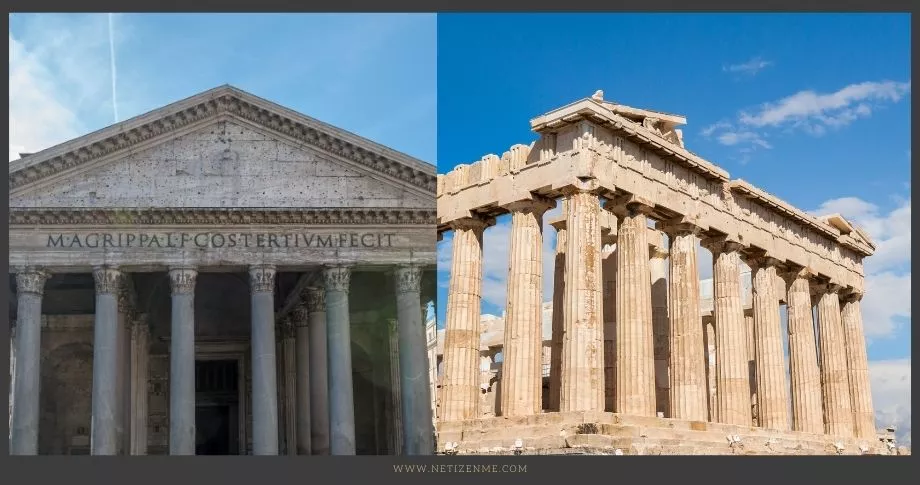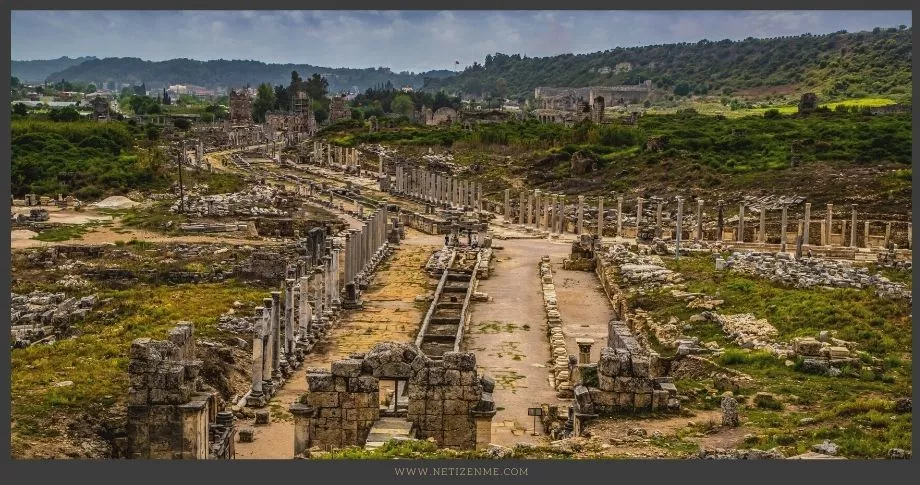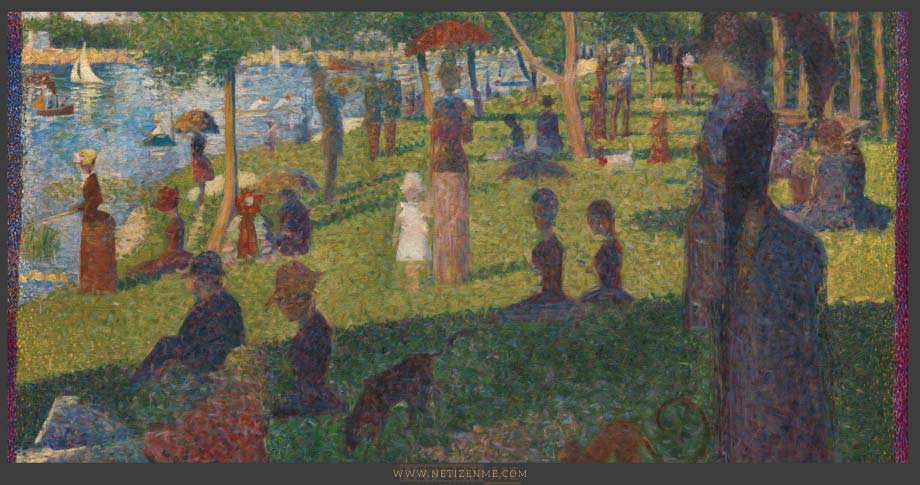Land Art, a form of environmental art, involves creating works directly in natural landscapes using natural materials found on-site. This blog post explores the essence of Land Art, its origins, key artists, and the environmental impact it aims to achieve.
Exploring Land Art: Nature’s Canvas Unveiled
Land Art, also known as Earth Art, emerged in the late 1960s and early 1970s as a movement challenging the conventional boundaries of traditional art spaces. Fueled by a desire to escape the constraints of galleries and museums, Land Artists embarked on a journey into open landscapes, using the earth itself as their canvas. What set Land Art apart was its rejection of traditional art materials like canvas and paint. Instead, artists embraced the impermanence of nature, creating works using natural elements such as rocks, soil, branches, and water. This movement aimed to redefine the relationship between art and the environment, emphasizing the transient and interconnected nature of both.
Key Figures in the Land Art Movement

Key figures in the Land Art movement played pivotal roles in redefining artistic expression by engaging with the natural environment. Robert Smithson, celebrated for his renowned work “Spiral Jetty” situated in Utah’s Great Salt Lake, exemplifies the movement’s essence. The spiral-shaped earthenwork seamlessly integrates with the lake’s surroundings, emphasizing Land Art’s emphasis on harmonious interaction with natural elements.
Andy Goldsworthy, another influential artist in the movement, is recognized for his ephemeral creations utilizing leaves, stones, and ice. Goldsworthy’s installations undergo dynamic transformations over time, responding to weather and natural processes. This characteristic underscores the movement’s core philosophy, highlighting the impermanence and evolving nature inherent in Land Art.
The Dynamic Relationship Between Art and Nature
Land Artists distinguish themselves by fostering a unique collaboration with the environment, facilitating the organic evolution of their works. Unlike conventional art forms confined to static gallery spaces, Land Art thrives on a dynamic relationship between the created piece and the natural surroundings. This collaborative process challenges traditional notions of permanence in artistic expression.
The interaction with nature becomes an integral part of the artwork’s narrative. As seasons change, weather patterns shift and natural elements take their course, Land Art installations transform. This fluidity and responsiveness to the environment redefine the temporal aspect of art, embracing impermanence as a core feature. In essence, Land Artists co-create with nature, allowing their works to breathe, adapt, and evolve in harmony with the ever-changing surroundings.
Central Themes in Land Art
Land Art serves as a poignant platform for exploring ecological and environmental themes. Artists within this movement deliberately leverage their creations to raise awareness about the fragility of ecosystems and the profound impact of human activities on the natural world. This thematic focus aligns with the movement’s core principle of engaging with and commenting on the Earth’s ecological challenges.
Land Artists make a deliberate choice in materials, opting for those naturally present in the landscape. This decision serves a dual purpose: it emphasizes the interconnectedness between art and the environment while also echoing a commitment to sustainability. By utilizing elements readily available in the surroundings, artists minimize their ecological footprint and create a symbiotic relationship between their works and the Earth.
Through their art, Land Artists aim to provoke contemplation and dialogue about environmental conservation. The installations become a visual commentary on the vulnerability of nature, prompting viewers to reflect on their role in preserving the delicate balance of ecosystems. In this way, Land Art becomes a powerful medium for advocating environmental consciousness and encouraging a deeper connection with the natural world.
A testament to the impermanence of all things
Land Art serves as a testament to the impermanence of all things, confronting the viewer with the ephemeral nature of life. The artworks themselves transform over time, influenced by weather patterns, seasons, and natural decay. This temporal aspect adds a layer of introspection, urging viewers to appreciate the transient beauty of the world around them.
Land Art stands as a unique and evocative form of artistic expression, challenging traditional boundaries and fostering a deeper connection between art and nature. The movement’s emphasis on impermanence and collaboration with the environment highlights the need for environmental awareness and underscores the delicate balance between human activity and the natural world.
This article is written by:
Our professional writers and editors are passionate about sharing high-quality information and insights with our audience. We conduct diligent research, maintain fact-checking protocols, and prioritize accuracy and integrity to the best of our capacity.
You can cite our articles under the author name "Netizenme"
